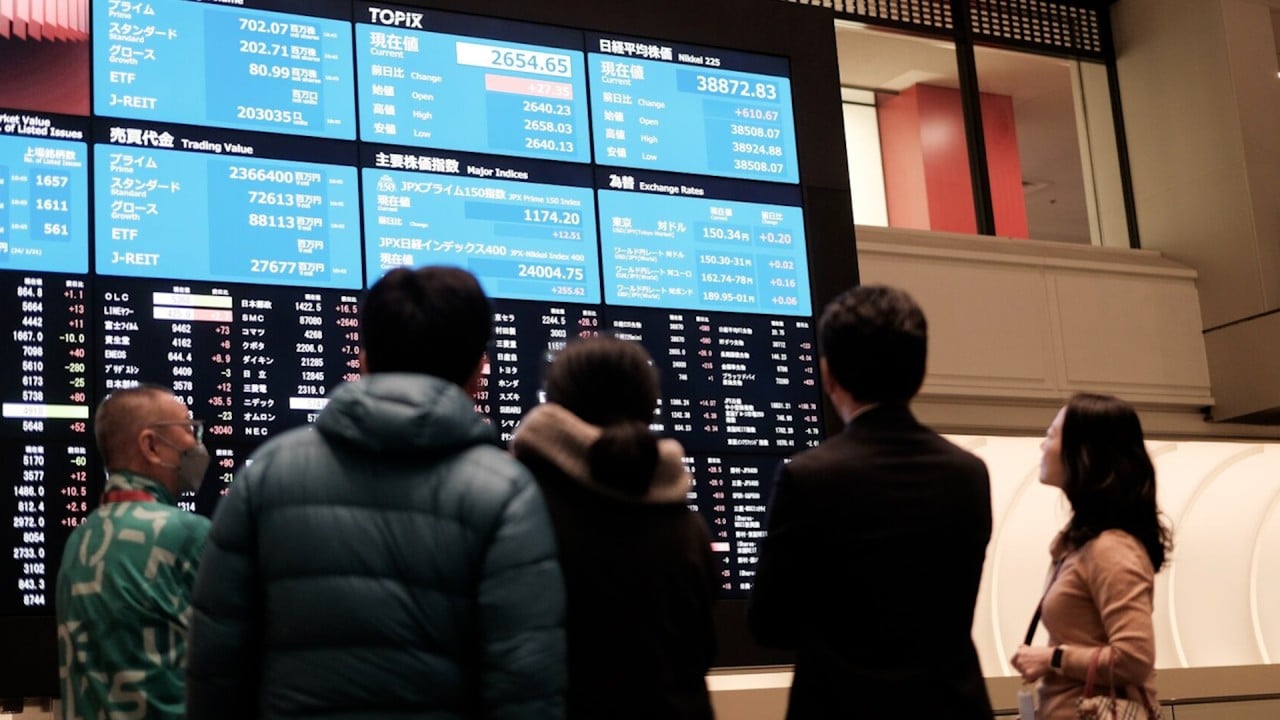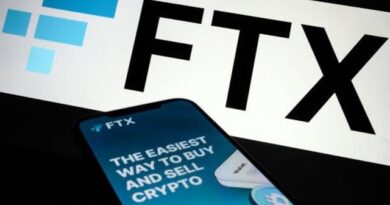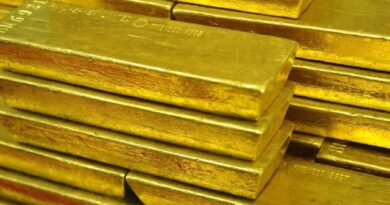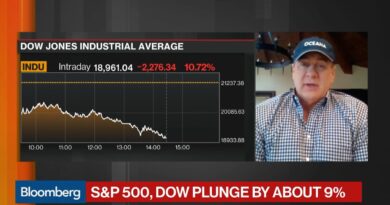Opinion | Hong Kong’s stock market rebound: dead cat bounce or durable recovery?

Who would have thought as recently as a few months ago that the Hang Seng Index would be the world’s best performing major stock market in April? Last month, Hong Kong’s benchmark index rose 7.4 per cent, bringing its gains since January 22 to 18.7 per cent and putting it on the cusp of a technical bull market.
While Hong Kong stocks are still a staggering 42 per cent below their February 2021 peak, there has been a palpable shift in sentiment over the past month, with just over half the Hang Seng’s gains occurring since April 19. That global equities were down 3.4 per cent last month – the S&P 500 index had its worst month since September 2023 – makes Hong Kong’s rally all the more remarkable.
The city’s stock market is benefiting from a burst of unexpected tailwinds. The first is the sharp rebound in mainland shares, driven by signs that the economy has stabilised, recent measures to strengthen and deepen China’s capital markets and signals from Beijing that a more forceful response to the property-sector crisis is likely to materialise in the coming months.On April 26, overseas investors purchased US$3.1 billion of onshore stocks via trading links with Hong Kong, a daily all-time record that contributed to three straight months of inflows into Chinese equities. The MSCI China index, which tracks Chinese equities listed at home and abroad, has outperformed benchmark indices in both developed and emerging markets since February.The second tailwind is mainland investors’ aggressive purchases of Hong Kong stocks, fuelled by the cheap and high-yielding shares of Chinese state-owned enterprises listed offshore. Chinese regulators provided a further fillip to sentiment last month when they announced measures to expand the Stock Connect scheme with the city and encourage large mainland firms to list here.
08:36
A vanishing fairyland dream: how China Evergrande rose, then crashed
A vanishing fairyland dream: how China Evergrande rose, then crashed
The third tailwind is the unravelling of the “Asia ex-China” trade that gained popularity among international investors last year. The combination of the dramatic unwinding of bets on interest rate cuts in the United States this year – only one reduction is now fully priced in – and a reallocation of funds from markets and asset classes that have borne the brunt of the fallout from “higher for longer” rates has benefited Hong Kong.The city’s currency peg to the US dollar has proved a source of resilience amid a sharp sell-off in Asian currencies, including the yuan. The disorderly decline in the yen – which apparently forced the Japanese government to intervene on Monday to prop up the currency – has shifted money back to under-owned and undervalued markets like mainland China and Hong Kong.
In a report on April 26, Bank of America said the outperformance of Chinese stocks partly stemmed from the “unwinding of the popular ‘long AI, long Japan, short China’ trade”. China “appears to be a hedge with cheap valuations, light positioning, and low correlation” with shifts in US monetary policy.
This suggests it is technical factors as opposed to underlying fundamentals that are driving the Hang Seng rally. Still, it has been a while since Hong Kong’s beaten-up stock market was in a sweet spot. Given that it currently stands less than 20 per cent above its level at the 1997 handover – while the S&P 500 has risen about 450 per cent since then – a significant improvement in sentiment is not to be sniffed at, regardless of its precise cause.
However, even if market technicals should not be underestimated, there are good reasons to question the durability of the rally. Betting on sustained gains in Hong Kong stocks means betting on a turnaround in China’s economy and markets. This is still a contrarian position given the deep-seated structural problems faced by China and the crisis in the country’s housing market.
02:42
Japanese monetary authorities mull intervention options after yen drops to 34-year low
Japanese monetary authorities mull intervention options after yen drops to 34-year low
In a report on April 29, Goldman Sachs said “the coast is far from clear fundamentally and geopolitically” for Chinese equities. It pointed to several important pieces that need to fall into place for the rally to persist, including better-than-expected growth and corporate earnings, market reactions to shifts in US monetary policy that continue to benefit Chinese assets, and no major escalation in geopolitical tensions before November’s US presidential election. That is a tall order, to put it mildly.Another major concern is the Hong Kong stock exchange itself. The city’s bourse barely made it into the top 10 in the ranking of stock exchanges’ proceeds from initial public offerings in the first quarter of this year. The city has not had a new offering larger than US$1 billion since October 2022. Stronger companies are listing elsewhere while weaker ones are attracting lukewarm interest. The narrative around China is still too bleak to generate stronger overseas demand for Hong Kong’s IPO market.
It is worth bearing in mind that sharp rallies are often a feature of bear markets. The Hang Seng’s revival could well be a dead cat bounce. Yet the fact remains that few predicted such a sudden and sharp recovery in Hong Kong stocks, especially one partly driven by a reallocation of funds from some of the most popular markets such as Japan.
Hong Kong shares are cheap and are benefiting from investors’ less-pessimistic view of China. For the rally to continue, however, a more fundamental change in perceptions of China’s economy and markets is needed.
Nicholas Spiro is a partner at Lauressa Advisory




